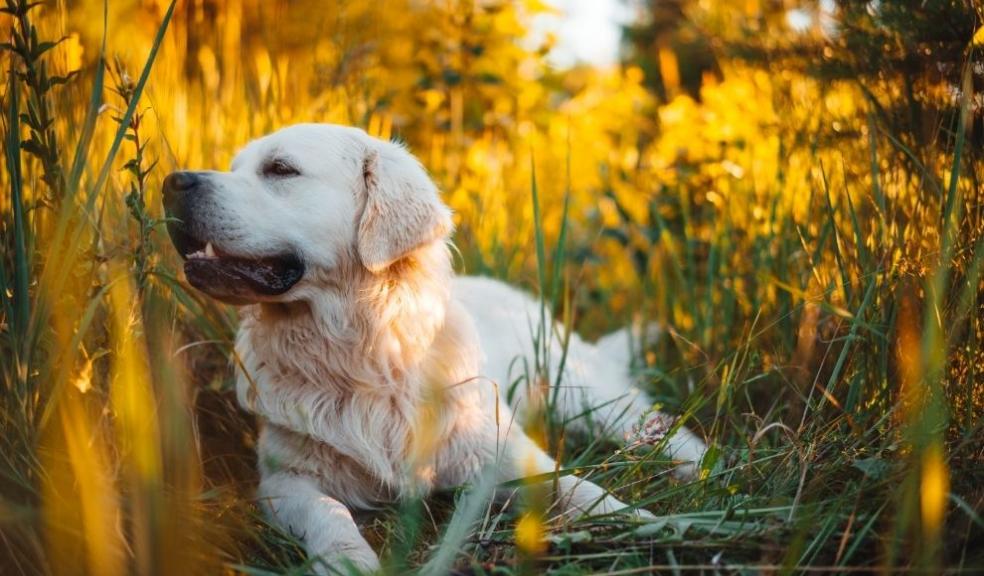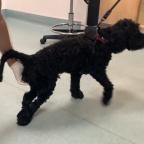
Grass seed injuries in dogs: How to prevent them
Head Vet reveals how to protect your dog from grass seeds
Despite being no bigger than a grain of rice, tiny grass seeds can cause real problems for pups who like bounding through long summer grass.
Head vet at tails.com, Sean McCormack, explains what to do if you spot a grass seed wound on your dog, as well as the steps you can take to prevent it from happening in the first place.
"Grass seed wounds can be incredibly painful and dangerous for your dog and are particularly prevalent during the summer months as long grass 'goes to seed'. Your dog might love roaming through the long grass, but it can lead to problems should a seed get lodged underneath their skin.
"The seeds are shaped like a dart, which means that any grass seed that gets caught between their toes, causing irritation and infection.
"In rare cases, seeds have been known to burrow under the skin, travelling to other parts of the body. All dog breeds can be affected, especially if your pup likes bounding through long grass on their daily walks.
How can I protect my dog from the dangers of grass seeds?
"Prevention is always better than cure, and there are a few different ways you can reduce the risk of grass seed wounds in your pet this summer:
-
Avoid areas with long grass: If your dog loves running through long grassy areas, then you might prefer to stick to areas with shorter grass until the grass has fully seeded.
-
Groom regularly: If you have been walking through long grass, then a thorough brush after your walk could catch grass seeds before they get the chance to do any harm. Trimming long fur around paws, ears and armpits can prevent the seeds from catching onto the fur too.
-
A quick check: Give your dog a thorough pat down when you get home to make sure no seeds are hiding in your dog's fur. If you spot anything, do not hesitate to give your vet a call and explain any issues you may have spotted. The earlier a grass seed problem is caught, the less damage it can do.
What are the signs of grass seed wounds?
"Depending on the affected body part, your dog might react in different ways. Look out for irritation, scratching, head shaking, limping or discharge from your pet's eyes or nose.
Below, I have listed common signs and symptoms of grass seed problems in different areas of a dog's body
Grass seeds in your dog's ears and eyes
-
Head shaking and scratching along the floor
-
Redness around the eyes
-
Excessive tear production
Grass seeds in your dog's paw
-
Licking toes and paw pads
-
Redness between toes
-
Holding their paw off the ground
Grass seeds in dog's nose
-
Sneezing
-
Discharge from either nostril
-
Rubbing nose on the ground
Grass seeds under your dog's skin
-
Red lumps
-
Licking at their skin
Treatment for grass seed wounds in dogs
"The best treatment for grass seed wounds in dogs is swift removal. For example, a grass seed issue in or around the eye can cause severe damage to the inner eye, which may need surgery if left untreated.
"If the grass seed is close to the surface, you might be able to use tweezers to remove it, but it's advised not to do this yourself as your vet will have had a lot of experience removing grass seeds. It's essential to call them to seek advice as soon as you suspect a problem.
"If the wound is deep or infected, the vet may need to sedate your dog to conduct a safe removal".







